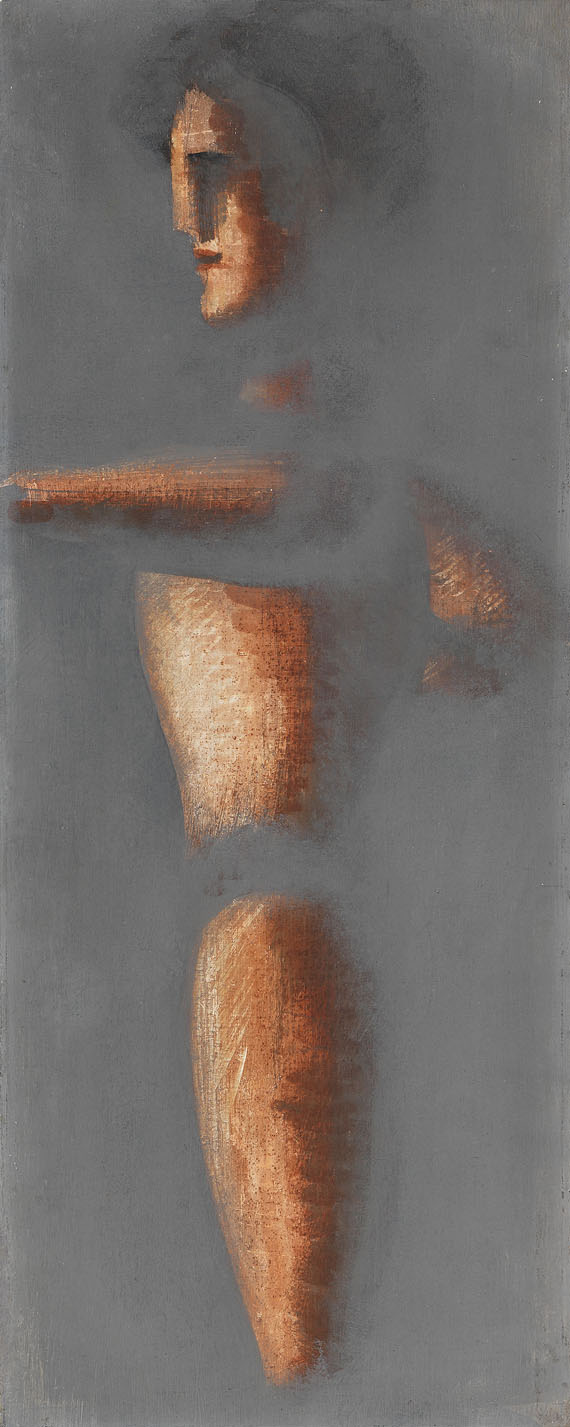Dictionary


Bauhaus Dessau
After right-wing conservatives in Thuringia had enforced the closure of the Bauhaus in Weimar, Dessau became its new location as of 1925. In Weimar, Bauhaus had been a state school of art, in Dessau it became a municipal institution. The city's decision to give home to the Bauhaus was largely due to the prevailing shortage of housing. Hope lay in Walter Gropius' new standardized and economized construction style "Neues Bauen", of which he delivered proof with the settlement in Dessau-Törten (1926-28). The most renown constructions, the "Bauhaus building" and the "Master Houses" were built in 1925-26. Especially the "Bauhaus building", an asymmetrical composition with three wings, strictly lived up to principle of form following function.
Despite the predominant position of building constructions, it was not before 1927 that an own department of architecture was established. It was headed by the Swiss architect Hannes Meyer (1889-1954), who then had the director's post from 1928 to 1930 after Walter Gropius had resigned. Training in the workshops remained the most important element of Bauhaus education, the workshops were more and more led by Bauhaus graduates, so-called "Jungmeister" (young masters). Paul Klee and Wassily Kandinsky taught drawing classes as of 1927. The theatre group led by Oskar Schlemmer (1888-1943) is also worthwhile mentioning: He examined the relation between man and space and developed the famous Bauhaus dances and the costumes; these topics can also be observed in Schlemmer's paintings.
The architect Ludwig Mies van der Rohe (1886-1969) was the third Dessau Bauhaus director as of 1930. The role of the department of architecture gained in importance under him. The Bauhaus was closed at the request of the National Socialists in 1932.
After right-wing conservatives in Thuringia had enforced the closure of the Bauhaus in Weimar, Dessau became its new location as of 1925. In Weimar, Bauhaus had been a state school of art, in Dessau it became a municipal institution. The city's decision to give home to the Bauhaus was largely due to the prevailing shortage of housing. Hope lay in Walter Gropius' new standardized and economized construction style "Neues Bauen", of which he delivered proof with the settlement in Dessau-Törten (1926-28). The most renown constructions, the "Bauhaus building" and the "Master Houses" were built in 1925-26. Especially the "Bauhaus building", an asymmetrical composition with three wings, strictly lived up to principle of form following function.
Despite the predominant position of building constructions, it was not before 1927 that an own department of architecture was established. It was headed by the Swiss architect Hannes Meyer (1889-1954), who then had the director's post from 1928 to 1930 after Walter Gropius had resigned. Training in the workshops remained the most important element of Bauhaus education, the workshops were more and more led by Bauhaus graduates, so-called "Jungmeister" (young masters). Paul Klee and Wassily Kandinsky taught drawing classes as of 1927. The theatre group led by Oskar Schlemmer (1888-1943) is also worthwhile mentioning: He examined the relation between man and space and developed the famous Bauhaus dances and the costumes; these topics can also be observed in Schlemmer's paintings.
The architect Ludwig Mies van der Rohe (1886-1969) was the third Dessau Bauhaus director as of 1930. The role of the department of architecture gained in importance under him. The Bauhaus was closed at the request of the National Socialists in 1932.
Offers for Bauhaus
Headquarters
Joseph-Wild-Str. 18
81829 Munich
Phone: +49 89 55 244-0
Fax: +49 89 55 244-177
info@kettererkunst.de
Louisa von Saucken / Undine Schleifer
Holstenwall 5
20355 Hamburg
Phone: +49 40 37 49 61-0
Fax: +49 40 37 49 61-66
infohamburg@kettererkunst.de
Dr. Simone Wiechers / Nane Schlage
Fasanenstr. 70
10719 Berlin
Phone: +49 30 88 67 53-63
Fax: +49 30 88 67 56-43
infoberlin@kettererkunst.de
Cordula Lichtenberg
Gertrudenstraße 24-28
50667 Cologne
Phone: +49 221 510 908-15
infokoeln@kettererkunst.de
Hessen
Rhineland-Palatinate
Miriam Heß
Phone: +49 62 21 58 80-038
Fax: +49 62 21 58 80-595
infoheidelberg@kettererkunst.de
We will inform you in time.




